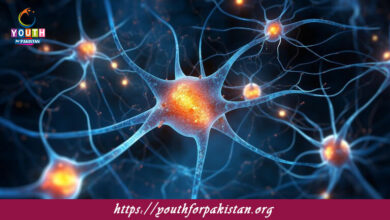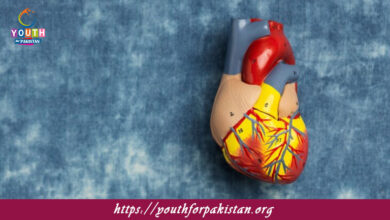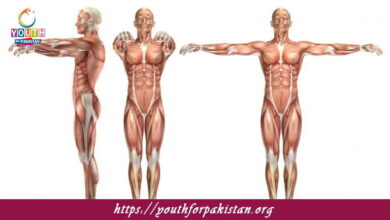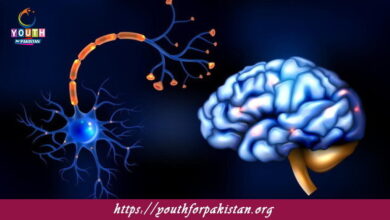Concepts Of Evolution MDCAT Quiz with Answers
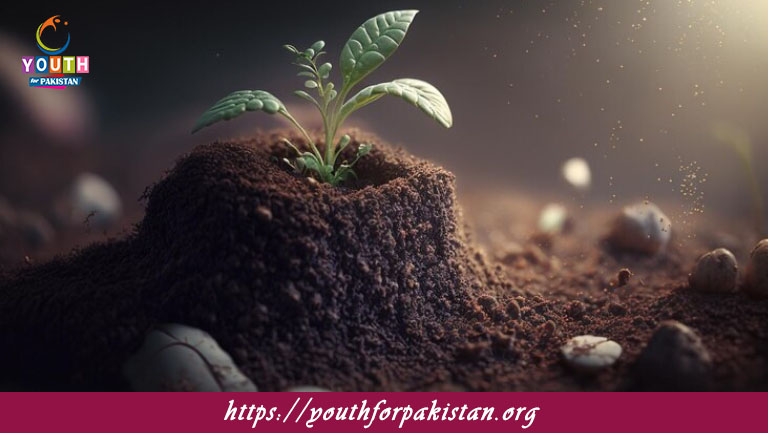
Concepts Of Evolution MDCAT Quiz ; The concepts of evolution are fundamental to understanding how species change over time and how they adapt to their environments. This topic is a core area for MDCAT preparation, particularly in the context of genetics, ecology, and natural selection. By studying these concepts thoroughly and practicing with an MDCAT Quiz, you can strengthen your grasp of evolutionary theory and improve your exam performance.
Key Concepts of Evolution
Natural Selection: This is the process by which organisms with traits better suited to their environment are more likely to survive and reproduce. Over time, these advantageous traits become more common in the population, leading to adaptation. For example, in a population of birds, those with longer beaks may be better at accessing food, giving them a survival advantage.
Genetic Drift: This refers to random changes in the genetic makeup of a population due to chance events. Unlike natural selection, genetic drift does not necessarily favor traits that increase survival. It is more prominent in small populations, where random events can significantly affect gene frequencies.
Gene Flow: Gene flow arises when individuals of different populations interbreed, thus facilitating the introduction of new genetic material into a population. This effect prevents the genetic isolation of populations and increases the genetic diversity within them.
Mutation: Mutation involves changes in DNA sequences that introduce new genetic variations. While the majority of mutations are neutral or deleterious, some can be advantageous and tend to increase an organism’s fitness in a particular environment.
MDCAT Exam Preparation with an MDCAT Quiz on Evolutionary Concepts
Prepare for the MDCAT with this MDCAT Quiz designed to test your understanding of the basic concepts of evolution. The following quiz will test your knowledge of natural selection, genetic drift, gene flow, and mutation, along with how they influence the diversity of life. Regular practice through this quiz will put you well at ease with answering questions from evolutionary principles in your exam.
Free Flashcards for Evolutionary Concepts
Reinforce your learning with Free Flashcards focused on core concepts of evolution. These flashcards will have concise definitions and examples, even diagrams to help you commit to memory things like natural selection, speciation, adaptive radiation, and more. Regular use of these flashcards will guarantee that you learn important information and can recall that information swiftly during your MDCAT exam.
The mastery of concepts of evolution is most vital for success in MDCAT, primarily in genetics, ecology, and biodiversity. Using quizzes and flashcards in your study routine will definitely enhance your understanding, improve retention, and tackle the evolution-related questions in your exams confidently.

The number of atoms in one mole of hydrogen gas is _______.
2×6.022×10232 times 6.022 times 10^{23}2×6.022×1023

One mole of nitrogen gas (N2N_2N2) contains _______ nitrogen atoms.
2×6.022×10232 times 6.022 times 10^{23}2×6.022×1023
Experience the real exam environment with our expertly designed collection of over 25,000 MCQs MDCAT Mock Tests.


